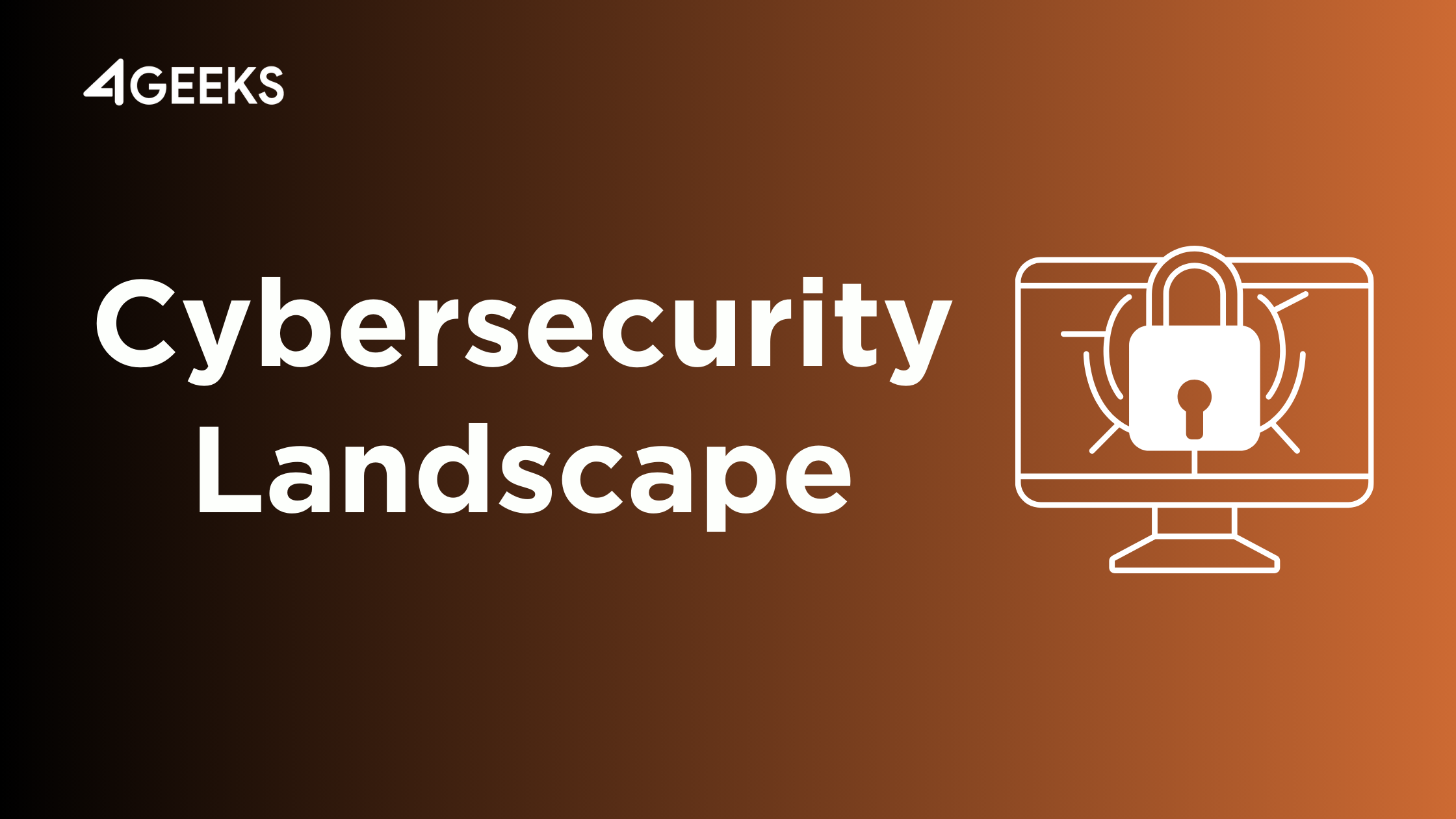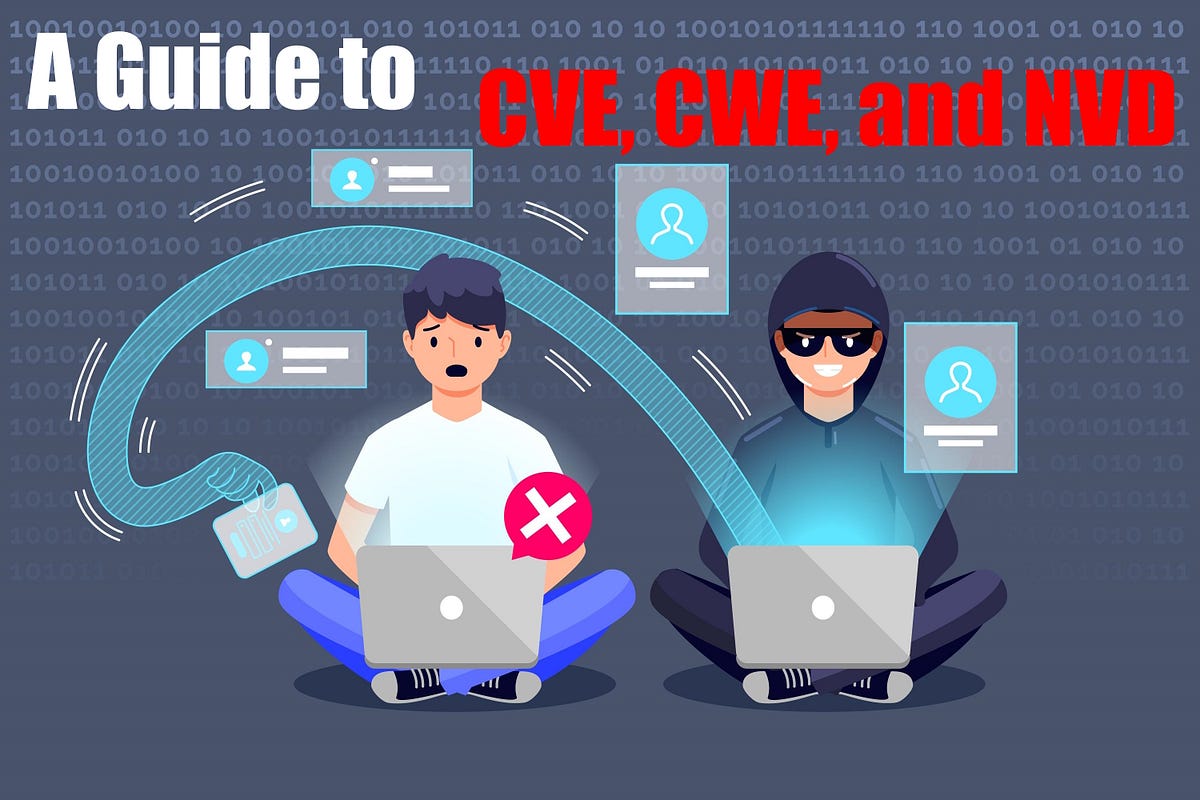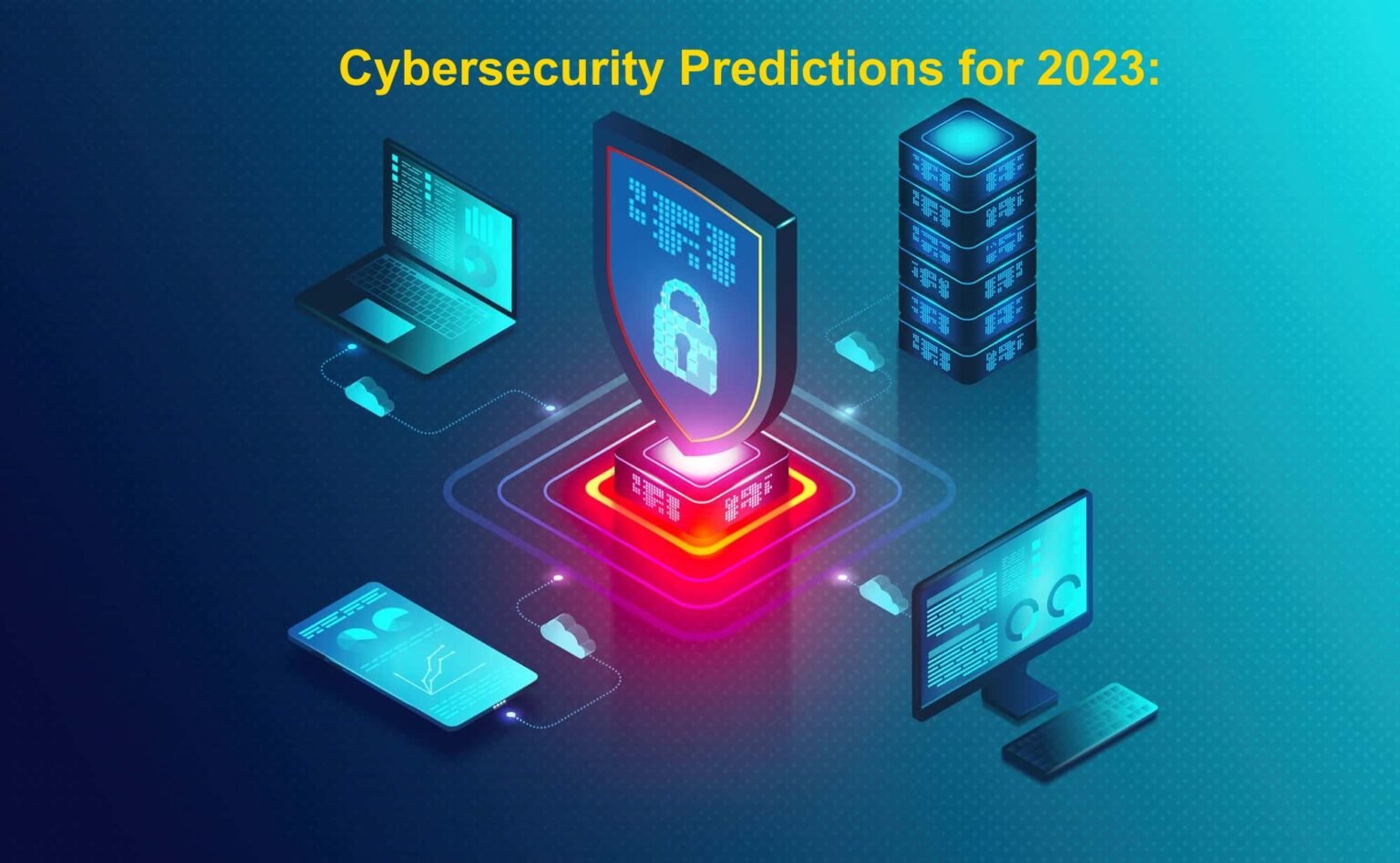Navigating the CVE Panorama: A 2025-2025 Cybersecurity Calendar and Proactive Mitigation Methods
Associated Articles: Navigating the CVE Panorama: A 2025-2025 Cybersecurity Calendar and Proactive Mitigation Methods
Introduction
With enthusiasm, let’s navigate by way of the intriguing subject associated to Navigating the CVE Panorama: A 2025-2025 Cybersecurity Calendar and Proactive Mitigation Methods. Let’s weave fascinating info and provide contemporary views to the readers.
Desk of Content material
Navigating the CVE Panorama: A 2025-2025 Cybersecurity Calendar and Proactive Mitigation Methods

The 12 months is 2025. Whereas flying vehicles would possibly nonetheless be a futuristic fantasy, the truth of cybersecurity threats has solely intensified. Predicting particular vulnerabilities (CVEs) for a future 12 months is unattainable; the character of software program improvement, assault vectors, and the ingenuity of malicious actors ensures fixed evolution. Nevertheless, by analyzing present developments and understanding historic patterns, we are able to create a conceptual 2025-2025 CVE calendar specializing in seemingly menace classes and proactive mitigation methods. This is not a listing of particular CVEs, however fairly a framework for anticipating and addressing the challenges forward.
Q1 2025: The Legacy System Limbo
The primary quarter of 2025 will seemingly see a continued surge in vulnerabilities focusing on legacy methods. Many organizations are nonetheless grappling with outdated infrastructure, missing the assets or experience to completely migrate to fashionable, safe options. This creates a fertile floor for exploitation.
-
Menace Focus: Exploitation of identified vulnerabilities in outdated working methods (Home windows XP, older Linux distributions), enterprise useful resource planning (ERP) methods (particularly these missing common patching), and industrial management methods (ICS) missing sturdy safety protocols. We are able to count on to see a rise in ransomware assaults focusing on these weak methods, leveraging identified exploits for preliminary entry and lateral motion.
-
Mitigation Methods:
- Prioritize Legacy System Modernization: Develop a phased strategy to migrating from legacy methods, specializing in probably the most crucial and weak elements first.
- Sturdy Patch Administration: Implement a rigorous patch administration program, making certain well timed updates for all software program and firmware, together with legacy methods. Automated patching options are essential.
- Community Segmentation: Isolate legacy methods from the remainder of the community to restrict the influence of a possible breach.
- Intrusion Detection/Prevention Methods (IDS/IPS): Deploy and actively monitor IDS/IPS methods to detect and stop malicious exercise focusing on legacy methods.
- Safety Info and Occasion Administration (SIEM): Make the most of SIEM instruments to correlate safety occasions throughout the community and establish potential threats focusing on legacy methods.
Q2 2025: The Rise of AI-Powered Assaults
The second quarter will seemingly witness a extra subtle use of Synthetic Intelligence (AI) in each offensive and defensive cybersecurity. Malicious actors will leverage AI for automated vulnerability discovery, focused phishing campaigns, and the creation of extra convincing social engineering assaults.
-
Menace Focus: AI-powered phishing assaults utilizing deepfakes and customized lures, automated vulnerability scanning and exploitation, AI-driven malware able to evading conventional safety options, and the exploitation of vulnerabilities in AI/ML fashions themselves.
-
Mitigation Methods:
- Superior Menace Safety: Implement superior menace safety options that make the most of AI and machine studying to detect and reply to stylish threats.
- Safety Consciousness Coaching: Educate workers on the newest social engineering techniques and the hazards of AI-powered phishing assaults.
- Common Safety Audits: Conduct common safety audits to establish and tackle vulnerabilities in AI/ML fashions and associated infrastructure.
- Menace Intelligence: Leverage menace intelligence feeds to remain knowledgeable about rising AI-powered threats and vulnerabilities.
- Knowledge Loss Prevention (DLP): Implement DLP options to stop delicate information from being exfiltrated by AI-powered malware.
Q3 2025: The Web of Issues (IoT) Vulnerability Explosion
The third quarter will seemingly see a continued rise in vulnerabilities associated to the Web of Issues (IoT). The sheer variety of related units, coupled with the often-lacking safety features, creates an unlimited assault floor.
-
Menace Focus: Exploitation of vulnerabilities in IoT units to launch DDoS assaults, acquire entry to company networks, and steal delicate information. Botnet creation utilizing compromised IoT units will stay a big concern. Vulnerabilities in sensible dwelling units, industrial IoT sensors, and medical units will likely be notably prevalent.
-
Mitigation Methods:
- IoT Safety Hardening: Implement sturdy safety protocols on all IoT units, together with sturdy passwords, firmware updates, and community segmentation.
- Gadget Stock Administration: Preserve an correct stock of all IoT units on the community to facilitate patching and monitoring.
- Vulnerability Scanning: Commonly scan IoT units for vulnerabilities and implement well timed remediation.
- Community Segmentation: Isolate IoT units from crucial methods to restrict the influence of a breach.
- Zero Belief Safety Mannequin: Undertake a zero-trust safety mannequin that verifies the id of each system and consumer earlier than granting entry to assets.
This autumn 2025: Provide Chain Assaults and Cloud Safety Breaches
The ultimate quarter of 2025 will seemingly see a continued deal with provide chain assaults and cloud safety breaches. The rising reliance on cloud companies and third-party distributors presents vital safety challenges.
-
Menace Focus: Compromised software program provide chains resulting in widespread malware infections, exploitation of vulnerabilities in cloud companies (e.g., misconfigurations, insecure APIs), and information breaches focusing on cloud-based storage.
-
Mitigation Methods:
- Software program Invoice of Supplies (SBOM): Make the most of SBOMs to realize higher visibility into the elements of software program and establish potential vulnerabilities.
- Safe Software program Growth Lifecycle (SDLC): Implement a safe SDLC to establish and tackle vulnerabilities early within the improvement course of.
- Cloud Safety Posture Administration (CSPM): Make the most of CSPM instruments to observe cloud environments for misconfigurations and vulnerabilities.
- Third-Social gathering Danger Administration: Implement a sturdy third-party danger administration program to evaluate and mitigate the dangers related to utilizing third-party distributors.
- Knowledge Encryption: Encrypt delicate information each at relaxation and in transit to guard it from unauthorized entry.
Past Particular Quarters: Ongoing Considerations
All through the complete 2025-2025 interval, a number of ongoing issues would require fixed consideration:
- Phishing and Social Engineering: These stay extremely efficient assault vectors and can proceed to evolve. Superior coaching and sturdy safety consciousness packages are essential.
- Ransomware: Ransomware assaults will proceed to be a big menace, demanding sturdy backup and restoration methods, incident response planning, and proactive safety measures.
- Insider Threats: Malicious or negligent insiders pose a big danger, necessitating sturdy entry management insurance policies, common safety audits, and worker coaching.
- Zero-Day Exploits: The invention and exploitation of zero-day vulnerabilities will stay a problem, requiring proactive menace intelligence and vulnerability analysis.
Conclusion:
This conceptual CVE calendar for 2025-2025 will not be a crystal ball, however a roadmap for proactive cybersecurity. The ever-evolving menace panorama requires a dynamic and adaptable strategy. By specializing in sturdy safety practices, steady monitoring, and proactive menace mitigation, organizations can considerably cut back their vulnerability and enhance their general safety posture. Investing in worker coaching, sturdy safety applied sciences, and a powerful safety tradition isn’t just a value; it is a crucial funding sooner or later resilience of any group. The way forward for cybersecurity will not be about predicting the unpredictable, however about making ready for it.








Closure
Thus, we hope this text has supplied beneficial insights into Navigating the CVE Panorama: A 2025-2025 Cybersecurity Calendar and Proactive Mitigation Methods. We thanks for taking the time to learn this text. See you in our subsequent article!